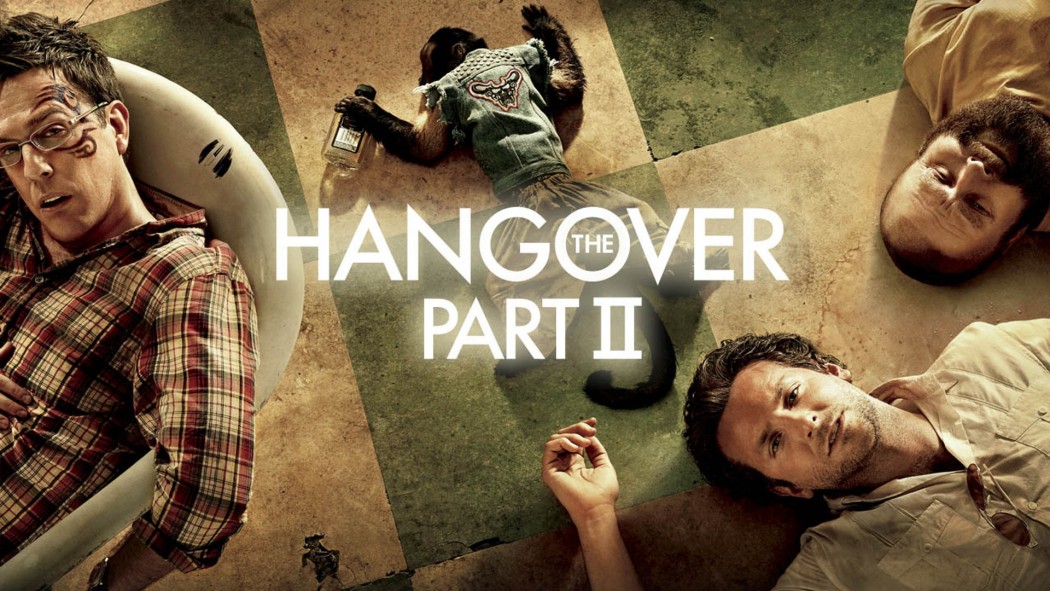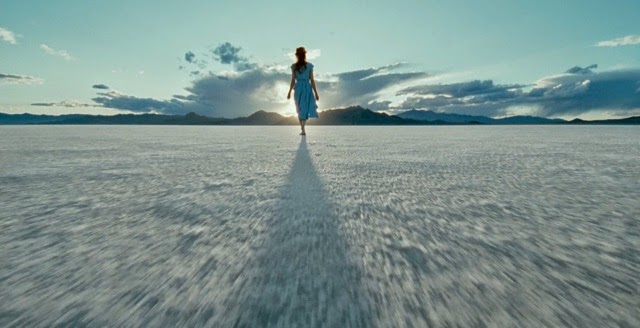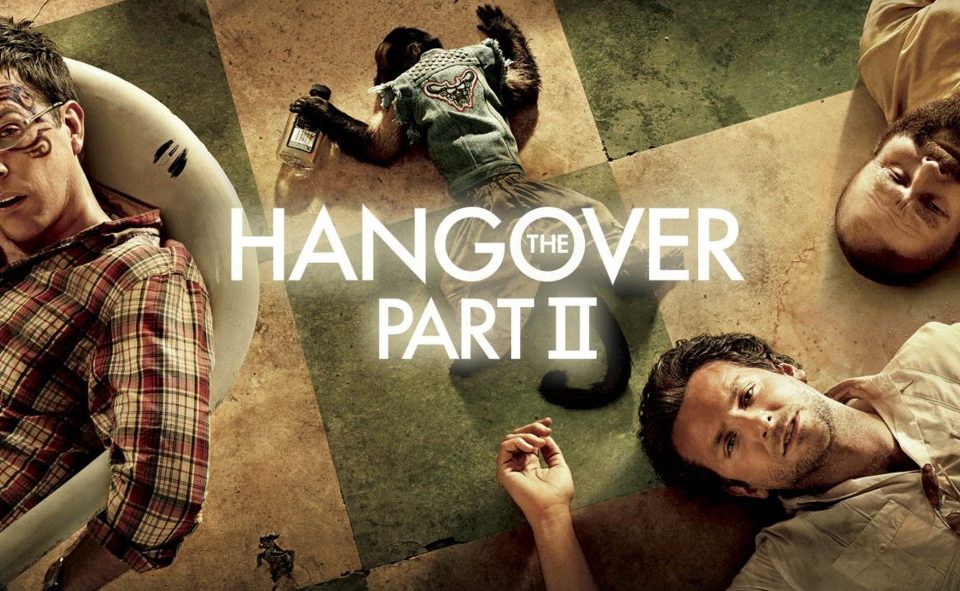
In defence of criticism: The case of The Hangover Part II
June 3, 2011
On the dopeness of Black Panther
February 27, 2018The world is whole beyond human knowing.
-Wendell Berry
The Tree of Life, by renowned director Terrence Malick, is years in the making. Its history starts even before Malick’s previous film, The New World, was distributed in 2005. After generating a substantial amount of ink in the media, and hot on the heels of the film’s highly publicized win of the Palme d’Or at Cannes, part narrative and part art-house meditation drawing from the beginnings to the future of life as we may know and perceive it, this film is an interesting puzzle to deconstruct.
Beginning with brief glimpses into the life of a middle-class nuclear family in the 1960s, the adult incarnation of one of its children and recreations of influential events in the creation and evolution of life, the movie soon abandons its scattered triple montage to concentrate on a chronological visualization of evolution. With his breathtaking images, a mix of photography and CGI, Malick chooses the most poignant moments of that grand narrative in a bid to convey millions of years of cosmic changes in half an hour of polished images. Whether he succeeds is as subjective as his choices, influenced by the beholder’s biases (religious, philosophical).
Moving into a more contemporary scene, the human section of the movie works at creating the impression of time, the weight of a life experienced, its happy memories and sad regrets, by alternating glimpses of life, an editing technique that depends primarily on the (relative) importance of the snippets of time chosen and their lack of (short-term) context. Sure, the scenes follow a loose narrative thread — the awakening of an adolescent boy living in middle-class middle America during the ’60s, pressed between the love of his mother and the violence of his father — but to effectively represent life in the 2 and a half hour running time of the movie, these snippets have to be condensed to their simplest expression and juxtaposed to one another in a rapid-fire montage that only slowly takes on meaning as the spectator’s feels the burden of years passing by. It’s an effective additive technique, one rarely used in cinema to such powerful results. Thinking back on this structure, I’m reminded of the opening scene in Paul Thomas Anderson’s Magnolia where the principal characters, their background and their different setting are conveyed in an inspired montage capped off with dazzling camera movements, embedding that introduction with the immediacy of impending conflict.
The Future-Present sequences in the movie are something of a puzzle. Are they supposed to depict a real time and place? Here, Malick plays with us a little, his first scenes with Sean Penn set in a cold, modern city, far from the nostalgia of the ’60s and the warmth of a childhood home. But, these scenes quickly become metaphorical, with that character seemingly embarking on a journey towards some kind of subjective paradise, populated by the best or, at least, the most yearning-infused incarnation of loved ones. Perhaps that’s what paradise is truly like; more than a place, it is a feeling, a material state of mind, made of the brightest moments of life. Like the Reconciliation scene in Fellini’s 8 ½ or the final episode of the television series Lost, that ending has emotional finality, tugging at the heart strings, leaving our character in a world of his own creation, perfect and welcoming, wishful and dreamlike, closing a taxing journey that will fuel criticism for years to come.
Although Malick’s The Tree of Life fails at the impossible, capturing the diversity and complexity of life, it fails at it brilliantly.
More info on IMDB
- Black Panther: A Perspective - March 20, 2018
- Seven Pounds (Gabriele Muccino, 2008) - May 5, 2015
- Honeymoon (Leigh Janiak, 2014) - January 30, 2015


